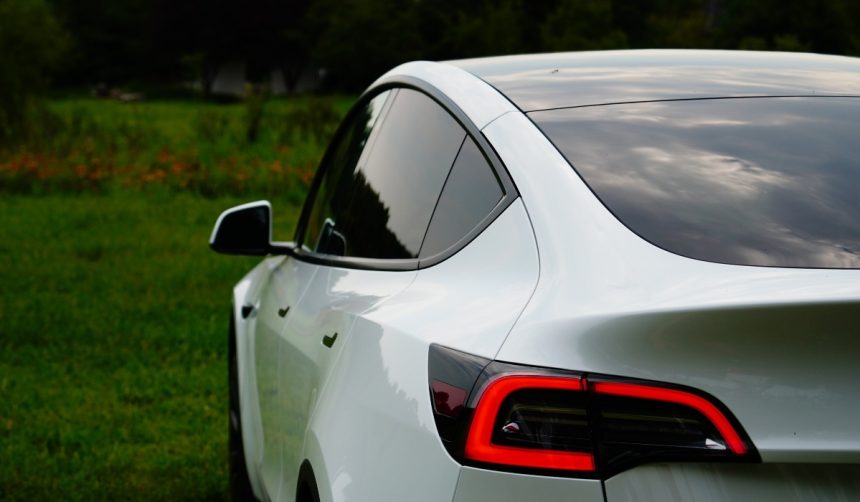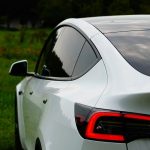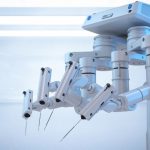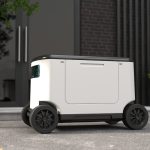Visitors at the 8th China International Import Expo (CIIE) in Shanghai saw Tesla introduce its fully autonomous Cybercab to the Asia-Pacific region, bringing heightened attention to technologies driving the next phase of mobility. The event, which hosted 12 leading global automakers, became a focal point for discussions about the integration of AI and self-driving systems in urban environments. Observers noted both excitement and practical questions about the implications of driverless vehicles operating in densely populated cities like Shanghai. While autonomous vehicles have long been in development globally, the tangible debut of Cybercab at CIIE captured immediate interest among industry professionals and the general public alike.
Earlier appearances and announcements regarding Tesla’s autonomous ambitions have generally included concept art and technical talk, but the Shanghai event involved a public showing of the Cybercab model’s production-ready design. Compared to earlier coverage, which often focused on timelines and software progress, the CIIE highlighted the aesthetic and passenger-centric considerations for real-world adoption. Recent years have seen updates from competitors unveiling similar prototypes, yet the presence of Cybercab in China emphasized Tesla’s drive to secure a foothold in one of the world’s fastest-growing electric and driverless vehicle markets.
How Does the Cybercab Differ from Current Ride-Hailing Models?
Tesla’s Cybercab displays a compact two-seat configuration without a steering wheel or pedals, showcasing the company’s faith in camera-based autonomy and end-to-end neural networks for safe operation. The lack of manual controls distinguishes the vehicle from conventional ride-hailing options and most autonomous offerings, which often retain fallback mechanisms for human drivers. According to Tesla staff, this design is optimized for efficiency:
“Ninety-two percent of trips are made by one or two passengers, so this layout makes sense for city rides,”
a representative said during demonstrations at the event.
What Was the Reception Towards Other Key Exhibits?
While other manufacturers such as Volkswagen, Mercedes-Benz, and Honda displayed advanced concepts and intelligent vehicle systems, none received as much focus as Tesla’s Cybercab and the humanoid robot, Optimus. Optimus, also present at the expo, drew crowds interested in robotics for both personal and industrial use. Tesla’s booth maintained a steady stream of visitors, highlighting the ongoing fascination with high-profile autonomous demonstrations. Tesla stated,
“Our approach is to prioritize realistic urban use cases and accelerate readiness for public service,”
underlining the intent to integrate the Cybercab into Tesla’s broader Robotaxi network.
Are Automakers Shifting Strategies in China?
Many international automakers used the event to reiterate their “in China, for China” strategy by increasing local research and partnerships. Discussions centered not just on vehicle design, but also on collaborations with tech suppliers and adaptation to regulatory frameworks. As the country continues to invest heavily in EV and smart transport innovation, companies like Audi, General Motors, and Volkswagen are further localizing their product development to match both consumer expectations and competitive pressures from domestic startups.
Tesla’s showcase at CIIE signals a move from theoretical autonomous services toward more concrete deployment, particularly within a Chinese market eager for practical demonstrations. This clear step into public displays with the Cybercab allows Tesla to gauge reactions, gather feedback, and adjust their strategies. For industry observers and policy makers, the expo served as a snapshot of how global and local players might interact, collaborate, or compete in deploying autonomous technologies at scale. For consumers and investors, emerging trends reflect increasing focus not only on fully driverless vehicles, but also on the larger ecosystem needed for their adoption, including supporting infrastructure, regulation, and cross-industry collaboration.
- Tesla introduced its Cybercab at Shanghai’s import expo, sparking industry attention.
- Cybercab lacks manual controls, focusing on two-passenger, fully autonomous rides.
- Automakers emphasized local innovation and partnerships inside China’s EV market.










